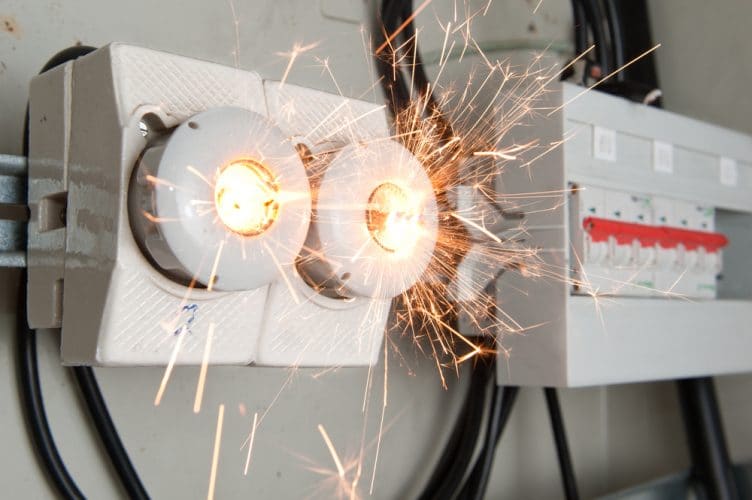The idea most people have of starting a cannabis-related business is often shocking, as the truth is often very different

Introduction
Every commercial building has its construction requirement, including electrical engineering design. In other words, the electric design will depend on the intended use of the building. For instance, nightclubs or restaurants have different requirements than clinics or office buildings. Therefore, it’s important to understand the needs of your commercial building before you start creating electrical designs.
Luckily, all commercial properties have some common factors when it comes to electrical engineering design. These factors ensure continuity in your operations, provide safety for your employees, and a pleasant environment for the costumes.
The best part? In this blog, we’ll take through each of these factors one by one! So, let’s get right into it!
Electrical Engineering Design Requirements for Commercial Buildings
Electrical systems carry a great risk to the client, staff as well as members of the public. Therefore, as a commercial property owner, it’s your responsibility to uphold the health & safety electrical installation of your buildings.
One thing you need to note though is that electrical safety doesn’t rely on a single electrical device. Instead, it should be considered and engineered in every electrical component within the building. This may include;

Energy Efficiency in Electrical Engineering Design
Safe installation of electrical systems in commercial buildings doesn’t necessarily mean that the design is efficient. However, improving the energy efficiency of electrical systems can make the installation safer.
A good example of efficient electrical engineering design is the installation of LED lighting. For instance, LED lamps may not contain electrical components. As a result, they’ll not be susceptible to breaking like other types of lamps such as fluorescent, halogen & incandescent lamps.
In addition, LED lamps have low chances of causing fire accidents since they emit a lower heat footprint. Similarly, most LEDs, especially those used in low-power applications, will not burn your hand when touched accidentally.
Voltage
Voltage is another significant factor worth considering when creating an electrical design for commercial buildings. This will involve determining your building’s voltage class requirements. More notably, the size of your commercial building’s voltage class will determine the specific voltages it will need.
For instance, a voltage of less than 100v is ideal for use in a simple residential building. But in larger commercial buildings, the electrical needs are higher. Specifically, commercial buildings require a medium voltage class of around 20 kV.
Commercial Security systems
Security systems are commonly installed in commercial buildings to protect property, assets, and people. More importantly, these systems require a reliable power source at all times. For that reason, security systems should be installed directly into the building’s electrical system. In addition, you can upgrade the electrical system to support them, and install dedicated circuits & wiring. On the same note, you can add commercial backup generators in your electrical design to power these systems.
Commercial security systems include; electronic access systems, burglar alarms, and CCTV. Having such will minimize the risk of internal security breaches and break-ins. Besides, this will help prevent crime, materials theft as well as property destruction.
Note, wireless security systems are easier to bypass and unreliable, especially when used in commercial buildings. For that, it is important to ensure that the security is hand-wired into the electrical system by a licensed electrician. To increase the security further, you can install alarm systems in doors and windows.
Surge Protection
The National Electrical Manufacturer Association claims that about 60-80 percent of costly surges are caused by sources inside a building. Unfortunately, most of these surges can damage the building’s electrical system and other electrical devices.
To prevent that from happening, an electrical engineering design should include a surge protection system. Such systems eliminate or reduce electrical surges within the building. At the same time, they will prevent the power surge from damaging electrical equipment in the building. For instance, they will protect computer systems, lighting, wiring, appliances, etc. More importantly, preventing power surges is essential for customers and businesses that depend on electronic equipment.
Conclusion
Finally, when creating an electrical design, make sure you consider the specifics of the property and its intended use. Moreover, there are certain rules and regulations you need to bear in mind as well. Luckily, the design process will be much easier if you consult a qualified and experienced electrical engineer. The engineers will confirm the electrical needs of your property and give you the resources to get it down.
If you’re concerned about the electrical design for commercial buildings in California, Innodez design & Engineering can help! Our team of fully-qualified MEP engineers will ensure that your property has the best and most efficient electrical design.
About Author
InnoDez